How can we get more patients and other communities to leverage the benefits of the #WeAreNotWaiting mindset for research, development, and innovation in health (and healthcare)?
That’s a question I’ve been asking myself for two years, after seeing the diverse efforts and valuable outpourings from the DIY diabetes community (ranging from amazing remote monitoring solutions for CGM to algorithms, hardware, and other software for automated insulin delivery systems).
But, how to scale? In diabetes, we’re perhaps uniquely positioned given our data-driven disease. However, I believe that the data and innovation approach we’ve taken in diabetes can help many other types of patient communities as well. I just didn’t know how to help scale it… until recently.
Last year when a group of us from the OpenAPS community participated in the Quantified Self Public Health Symposium in 2016, it prompted some follow up conversations with various academic researchers, including Eric Hekler from Arizona State University (ASU).
Eric started a conversation, and kept asking me: What could you do if you partnered with academic researchers? How can traditional researchers help the DIY community, OpenAPS or otherwise?
That also sparked a conversation with Paul Tarini, a senior program officer at the Robert Wood Johnson Foundation (RWJF), about potential funding for a project.
(Important to state here: OpenAPS itself is not a funded project. It has not been, and will not be. It is 100% DIY, non-commercial, and it has been built by a community of volunteers.)
What I wanted to talk to RWJF about was funding a collaboration with academic researchers for studying data and innovation coming out of the community; and to ultimately identify needs and build resources to help scale this type of community effort and empower other patient communities as well.
It took over a year, but we were able to work through initial project proposals and were then invited to submit a full proposal. And on Wednesday (September 6, 2017), I found out that we have been awarded the grant, and this project work will be funded by the Robert Wood Johnson Foundation. The project officially begins on September 15 and will run for 18 months.
So what exactly is this project?
Our project is titled “Learning to not wait: Opening pathways for discovery, research, and innovation in health and healthcare.”
It entails a number of things.
- We are creating an on-call data science team to support research in the DIY community. More details will be forthcoming, but essentially this team is there to help do research on the myriad of questions bubbling out of the community. For example – how does sensitivity change during growth spurts, during periods of inactivity, or when changing insulin types? What are some of the most successful mealtime insulin dosing strategies? Etc. People will be able to submit ideas, and get help formulating the idea into a researchable question, and get the research done.
- Studying the process of research when done by patients, and the barriers they/their research run into when spreading this scientific knowledge. I personally know there are a lot of barriers, but we need to document them and find solutions. (There are a lot of prejudice and perceived stigmas toward patient researchers doing this type of scientific work, around things like quality of research, methods of distributing knowledge, etc.)
- Convening a meeting with patients, traditional researchers, legal experts, and others in this innovative research space to discuss and address some of the known and being-found barriers for this type of research. I envision a white paper type publication to come out of this meeting to document the lay of the land as it is.
- Creating toolkit-type resources based on what we’ve learned and are learning in this project for helping patients new to DIY and this type of research take on various levels of research or innovation activity. Part of our project’s scope of work, in #WeAreNotWaiting spirit, includes beta testing with 2-3 other patient communities, so we can get feedback and iterate and roll these out as quickly as possible.
Our project has a couple of principles that I feel strongly about, and am also very proud of in approaching this body of work.
- I am the scientific Principal Investigator of this project. This is unique in the world of grant-funded research, where a patient is driving the scientific discovery process. (I’m proud and very appreciative to have two amazing co-PI’s who are helping with some of the administrative work since the grant is being administered through Arizona State University Foundation, who is being an awesome partner given the uniqueness of this situation*.) My co-PI’s are Eric Hekler and Erik Johnston. The other members of the team include John Harlow, who’s a MacArthur Foundation Postdoctoral Fellow; Sayali Phatak, a PhD student at ASU; and Keren Hirsch from the ASU Decision Theater.
- #WeAreNotWaiting is the mantra for this project and our entire team. We plan to be as efficient as possible in doing the project work, which includes being as timely as possible with sharing findings back with the community as soon as they’re ready (a given; there’s no reason to wait) as well as finding ways to publish that are faster than the very traditional academic publishing process, and being thoughtful about the right audiences outside the patient community for communicating about this project’s work.
- Always asking why. As a brand new PI, I have a lot to learn. But as a non-traditional PI, I also am running into a lot of things that are done the way they’d be done if I was traditionally inside an organization. I plan to explore and challenge as many of these, and try to document the decisions I make in this project as I come to those forks in the road. In some cases, I choose the easier paths because for my project/work/focus, it does not matter. In other cases, based on principle, I choose the harder path-blazing approach.
* About the uniqueness of this project and the administrative details
Since I’m an individual patient researcher, not affiliated with the organization, we decided we would make the official grantee financial organization Arizona State University Foundation, since that’s where my co-PI’s were. But true to the nature of this project, I want to document the challenges and opportunities that come with that, so more to come about all the interesting lessons learned about the process of putting together the proposal and the grant approval process once we heard the grant would be awarded. That way, future patient researchers have a leg up on what is coming when taking on this type of project and are aware of what this approach entailed. The short version is I am a subcontractor to ASU for purpose of the grant; but am not employed or otherwise affiliated with ASU. Props to the many people at ASU who learned about me and this project in the approval process and rolled with it / helped make it happen.
So, what’s next? When do you start? What are you waiting on?!
Coming super soon – a project website (now here) with more details about this project.
For my fellow PWDs:
- Stay tuned for the project website going live, which will also include more details about how individuals in the diabetes community can pitch ideas/get started working with the on-call data science team.
For patients reading this who are members of other patient disease communities:
- Ping me if you’re SUPER excited and can’t wait to tell me :), or stay tuned for more info about the process for proposing that your patient community be one of the communities with whom we beta test some of the tools/resources developed toward the latter phases of this project.
If you’re someone else who’s interested in this work (such as a legal expert, other researcher, etc.):
- Also ping me if you’re interested in hearing more about the meeting we plan to convene with a small multidisciplinary group to discuss and address barriers of patient-driven research. Even if we can’t get everyone interested to attend the in-person meeting, I would still love your input and collaboration for the white paper and/or other publications and intersections with this project.
For everyone else:
- Please do let me know if there’s a particular aspect of this project that you’re curious to learn more about – whether it’s some of what I’m facing and documenting as a patient PI researcher, or otherwise. That’ll help me prioritize some of the blog posts and articles I’m writing about this process!
Thanks to everyone who managed to read this ginormous blog post.
I am incredibly excited about the project, and having resources to focus on how patients and non-traditional actors in healthcare can drive research, development, innovation, and knowledge sharing in non-traditional methods and from the ground up, plus prioritize and change the healthcare research agenda. Like my work in OpenAPS that stands on the shoulders of so many, I’m hoping this project is the first of many and gets to a place for others to leverage this work and take it beyond the scope of what we’ve all imagined is currently possible.
A huge thanks to the team partnering with me on this work; to ASU for being a great partner as an organization; to the Robert Wood Johnson Foundation for supporting this project (and in particular to our program manager, Paul Tarini, for his ongoing support throughout this entire process); and many extra thanks to Scott and all my family and friends for supporting me throughout the proposal process and being the recipients of some VERY excited and !!! filled texts when I found out we had officially been awarded the grant for this project.
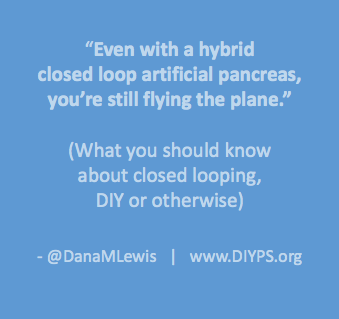
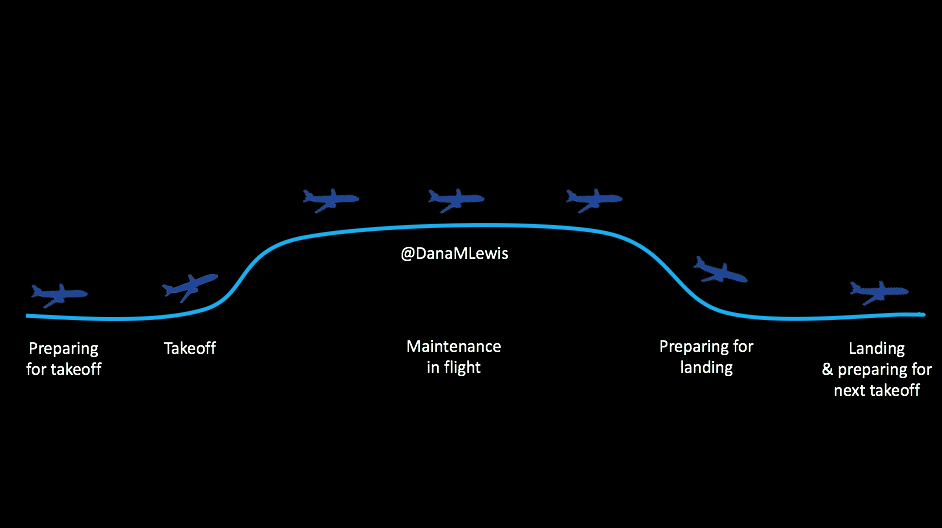









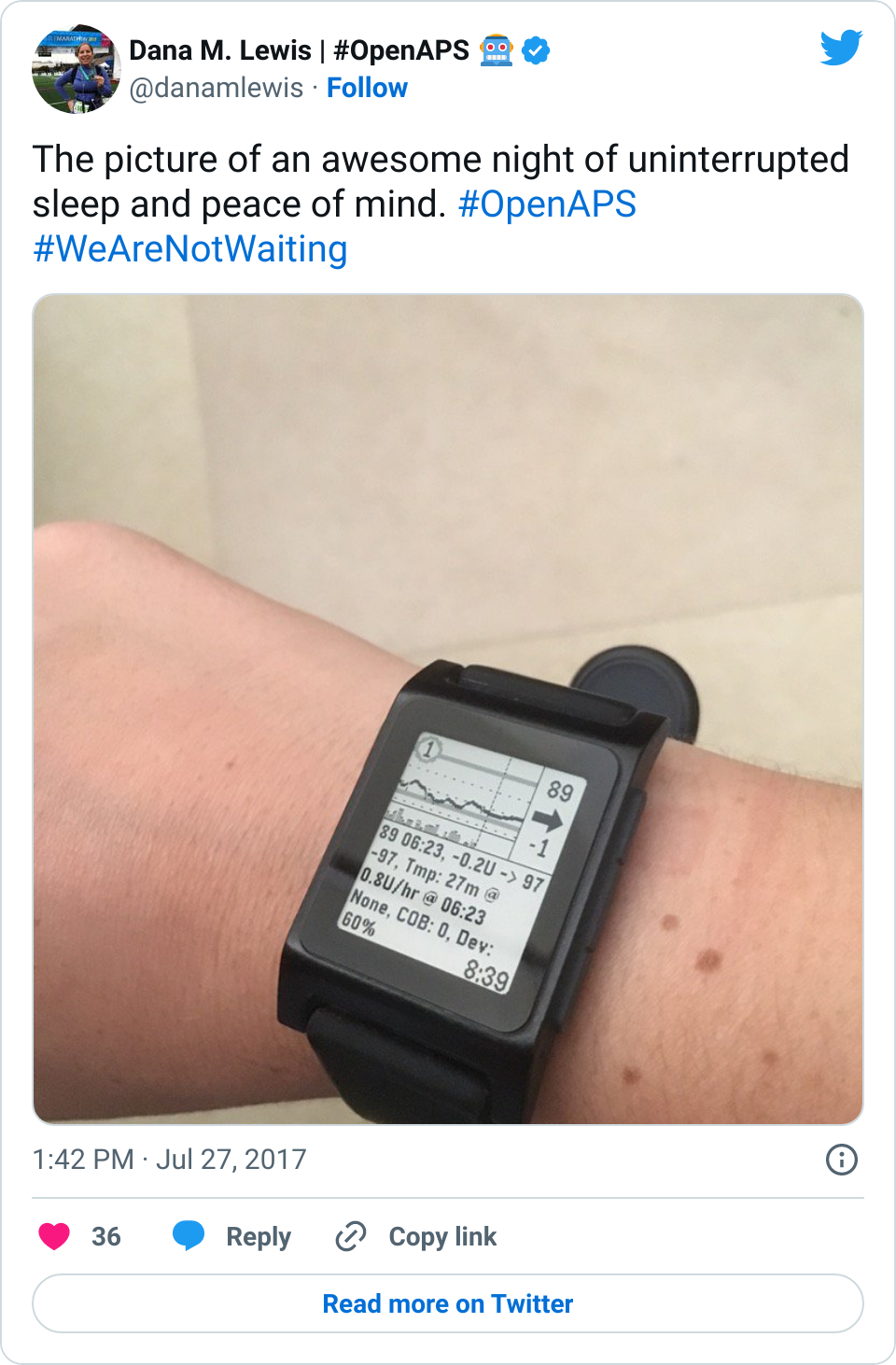
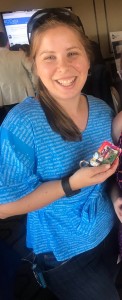

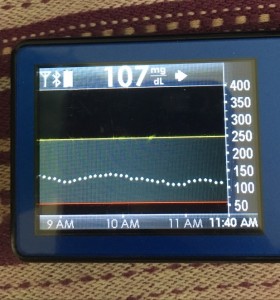
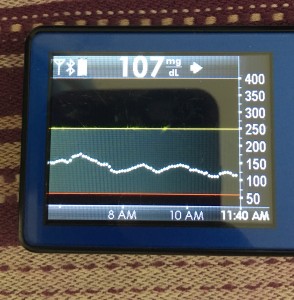
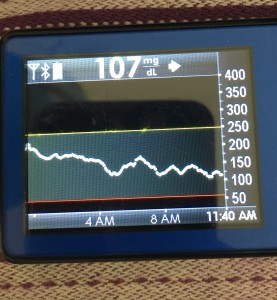


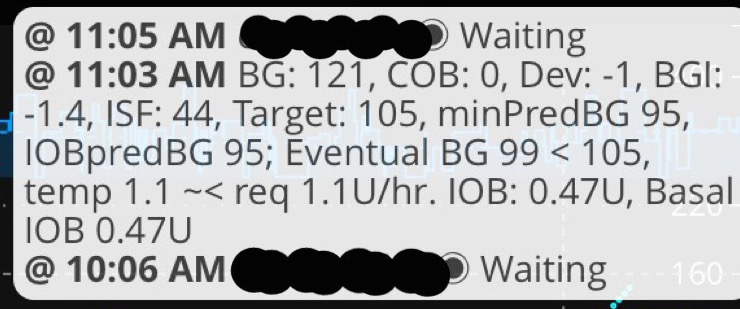

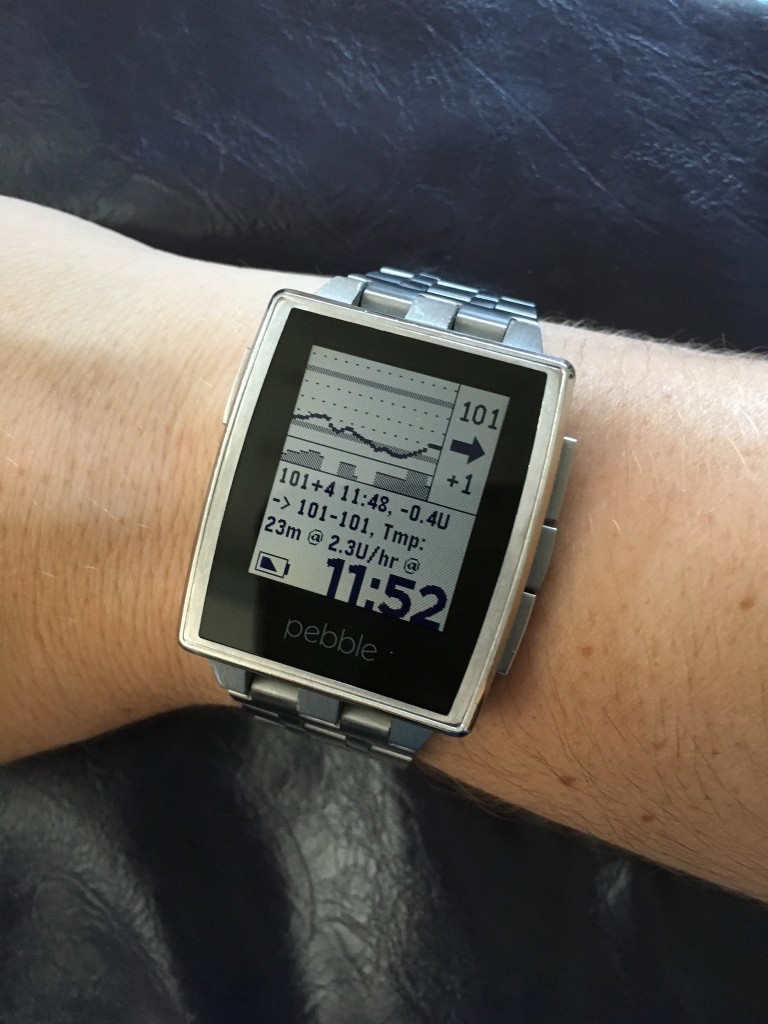
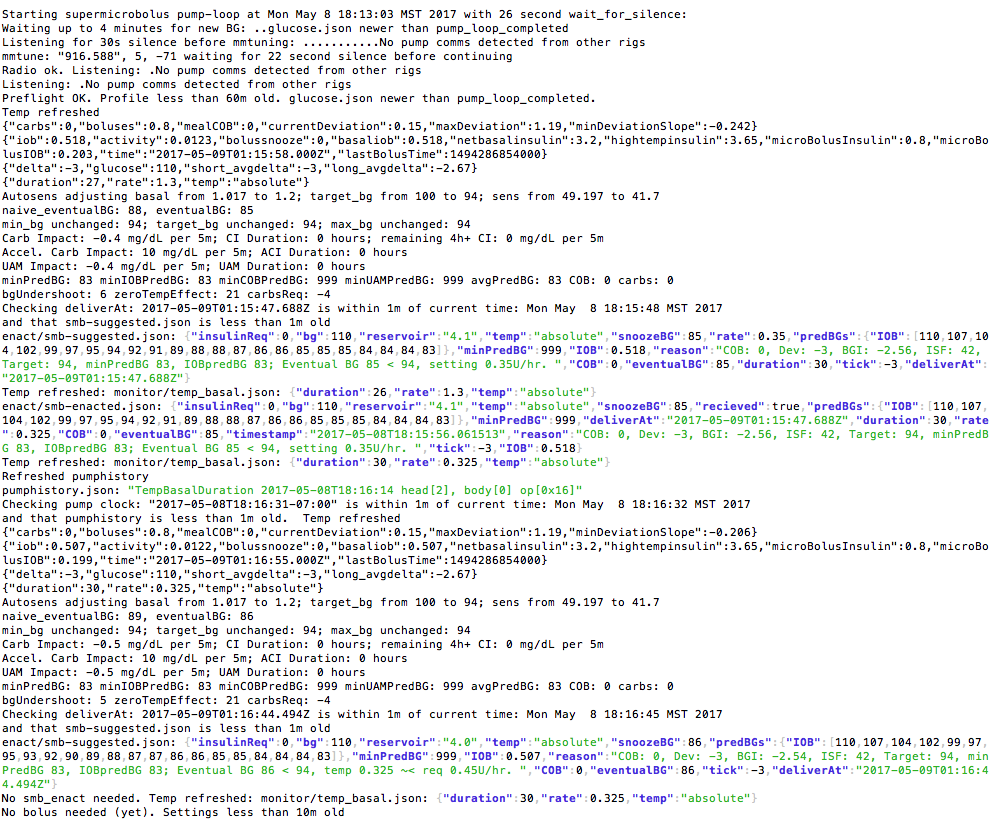

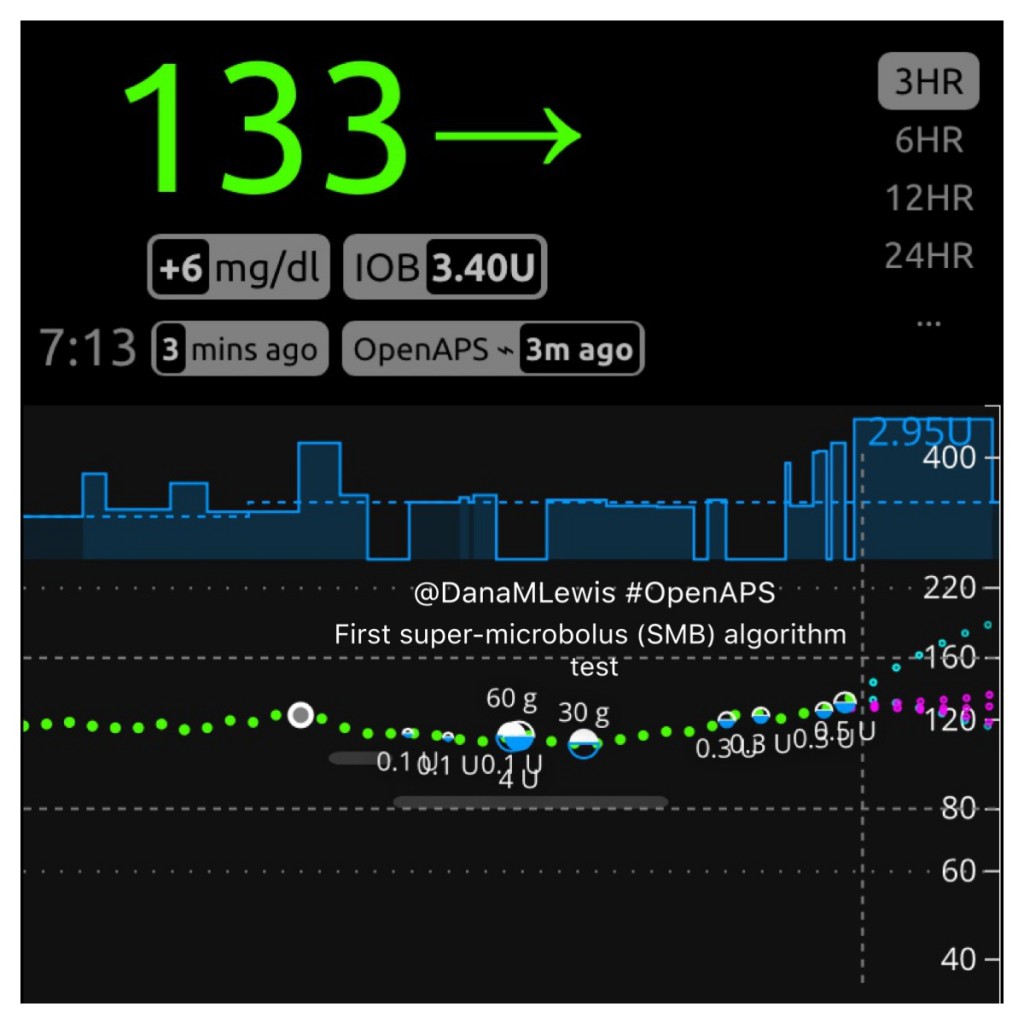

Recent Comments